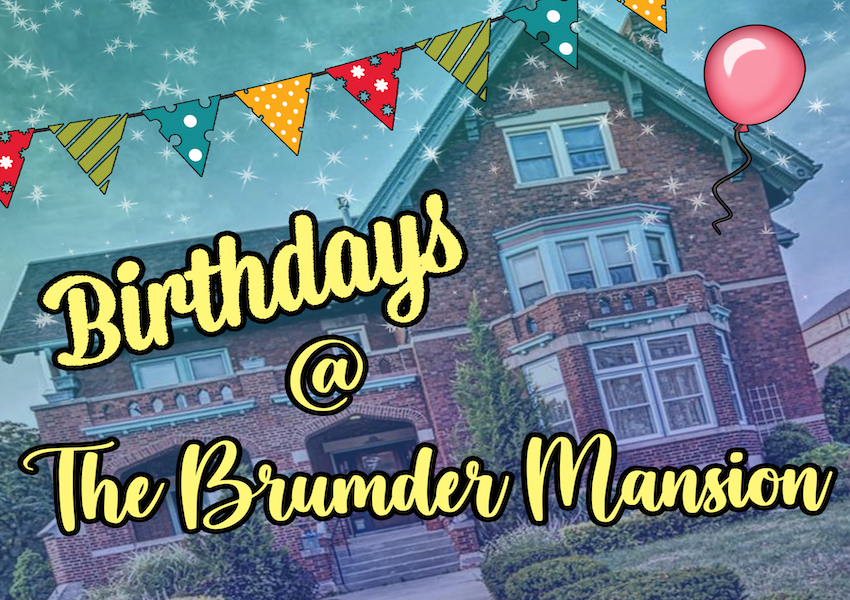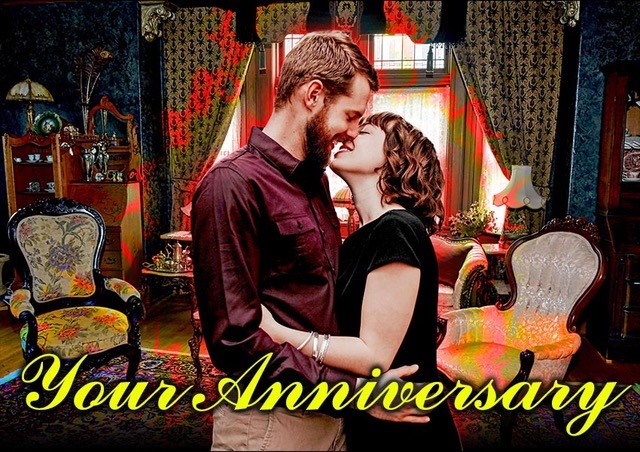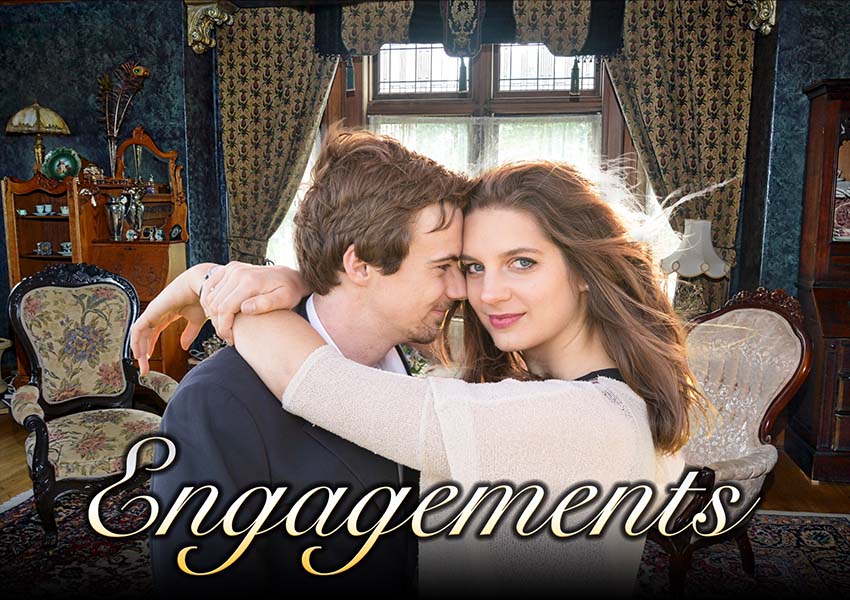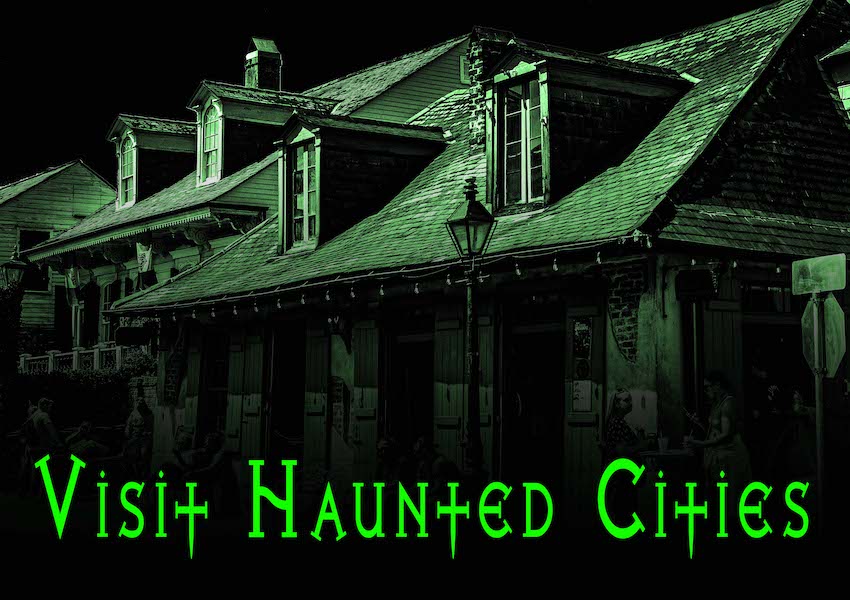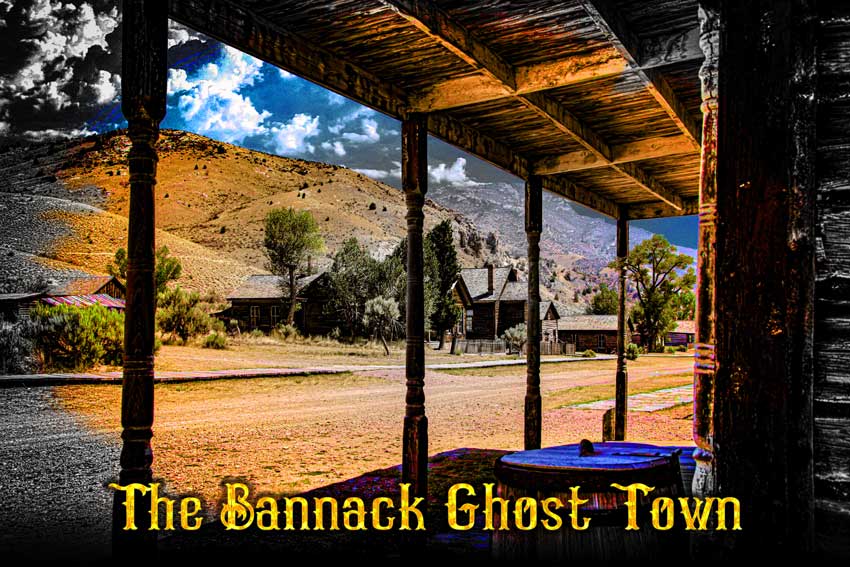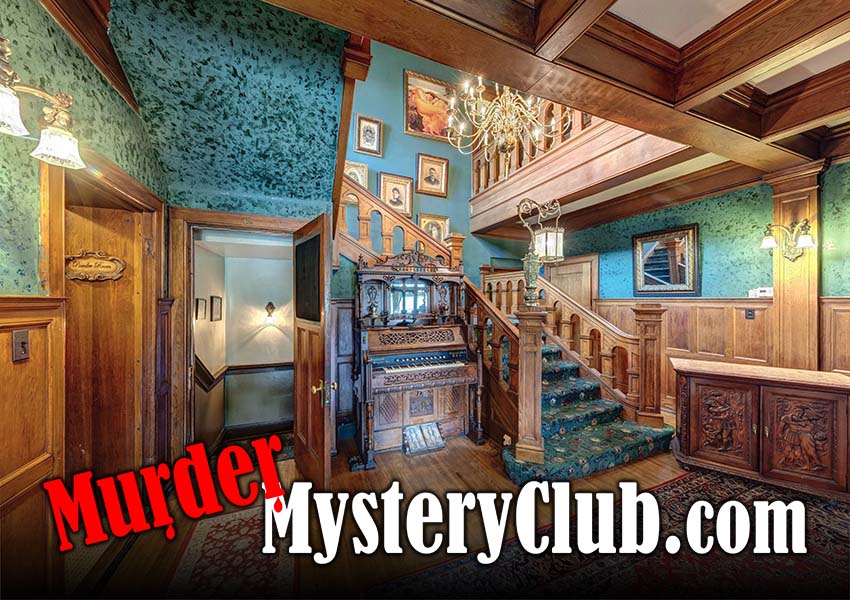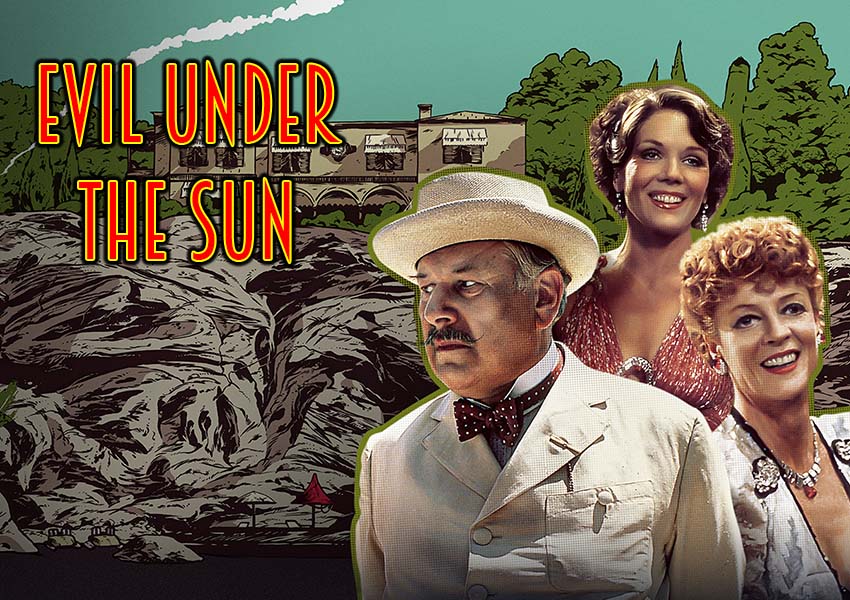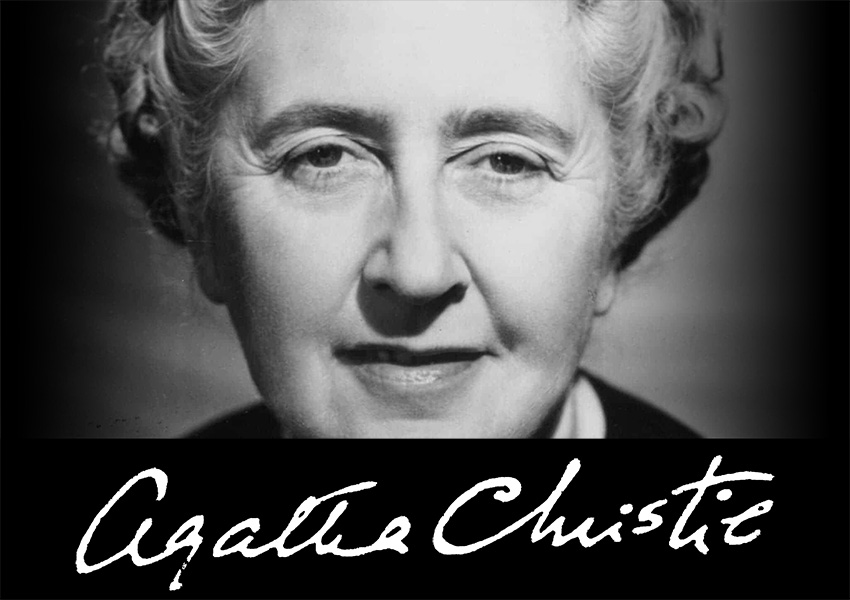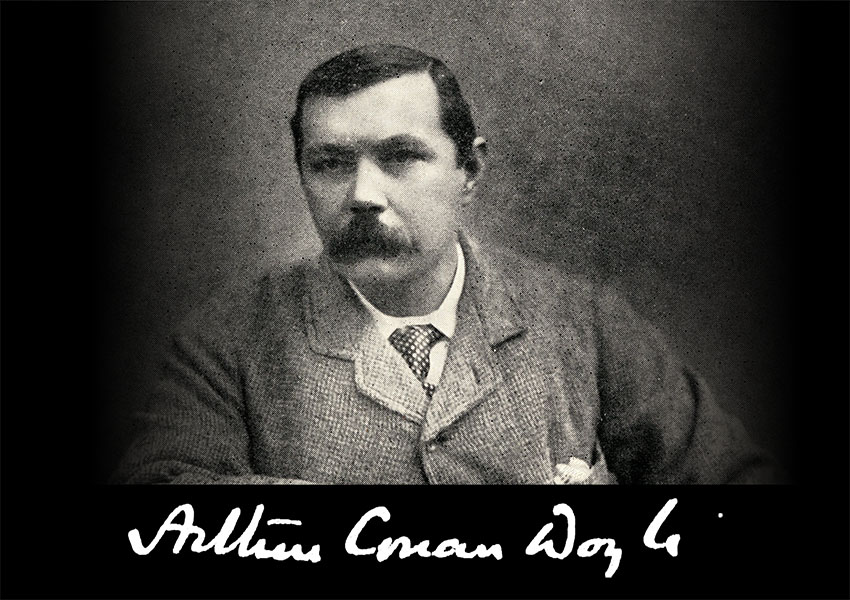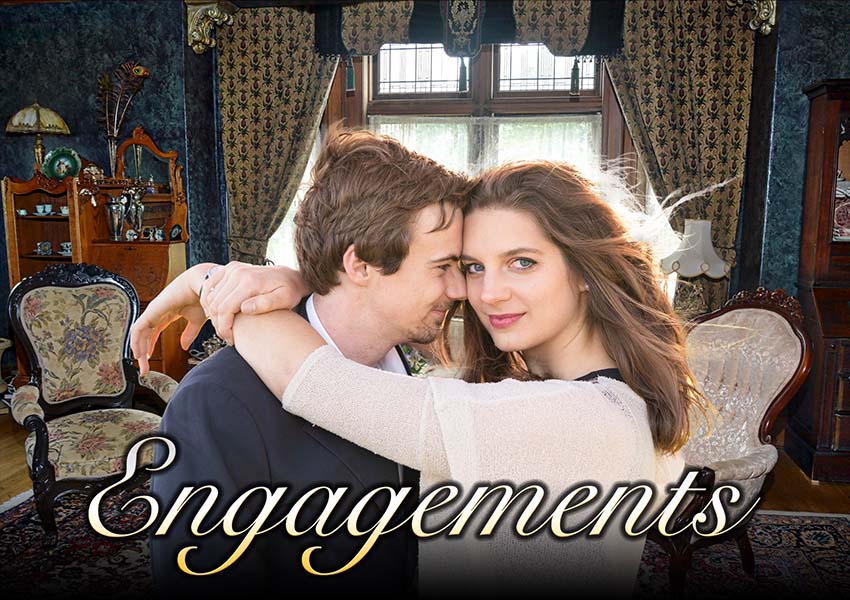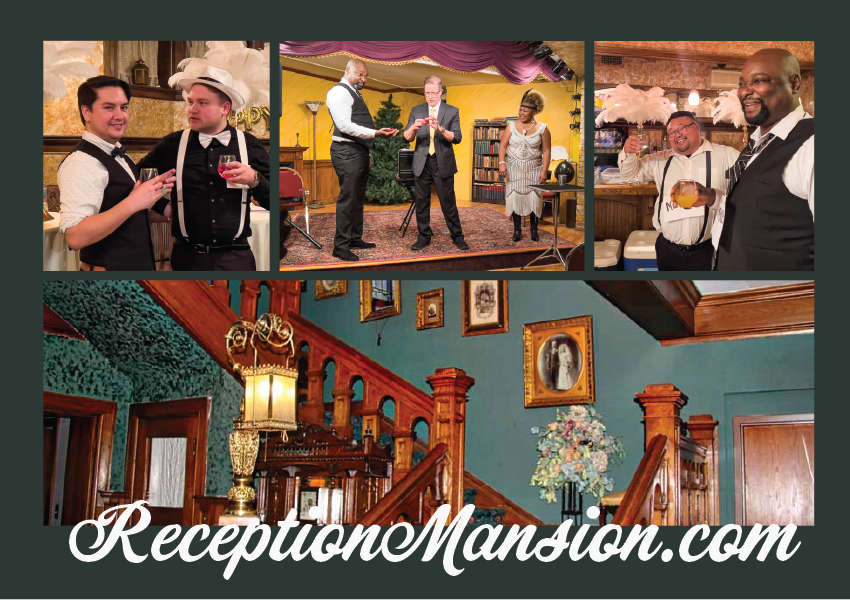Duluth Minnesota
Glensheen Mansion and the Congdon Estate
The mix of narcissists, betrayal, and murders
resulted in an ugly end but a pleasant afterlife.




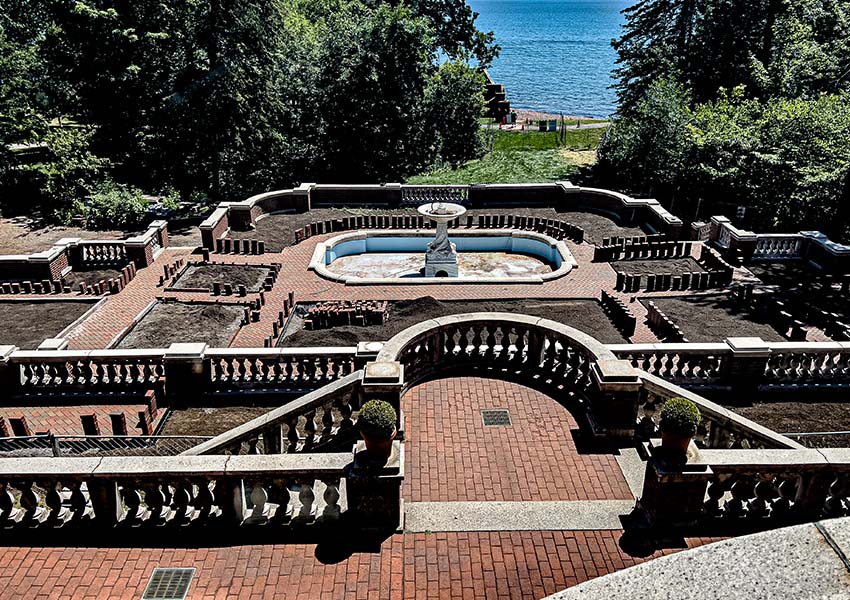
DESCRIPTION
“The estate is a beautiful living history lesson, from the original furniture and portraits of previous inhabitants to the immaculate grounds and gardens.” (Glensheen website)
Tom and I went to visit Glensheen Mansion and its estate, located on a prime piece of Duluth real estate, beside Lake Superior. We entered the gate, and saw flower and vegetable gardens, close to the gardener’s cottage.
The carriage house and stable structure is long and quite big. It has eight stalls for horses, an area for a dairy cow or two, a garage and carriage area. Living quarters for workers are located here too.
The Congdon family enjoyed spending time together outside as well as inside. There were tennis courts and a swimming pool for the family to enjoy as well as a boat house for more recreational opportunities.
There is a beach just down a pathway, and walking trails through the rest of the forested property for the public to enjoy. Besides the house tour, People can also buy tickets to enjoy walking the twelve miles of trails along the lake.
We walked up the walkway that had flower beds on either side, and finally came to the main attraction, Glensheen Mansion, a five story, thirty-nine room, 20,000 sq ft. building. It is a beautiful example of the Jacobean architectural style.
 Entering the impressive front door, we discovered a fascinating time capsule, the most complete house museum that we have ever explored. We admired all of the original furniture, books, art collections and personal belongings of the Congdon family. It was as if the family has just gone out for a picnic and would return soon!
Entering the impressive front door, we discovered a fascinating time capsule, the most complete house museum that we have ever explored. We admired all of the original furniture, books, art collections and personal belongings of the Congdon family. It was as if the family has just gone out for a picnic and would return soon!
On the first floor, were all the common areas: the breakfast room, dining room, living room, parlor, library and the game and party room. The kitchen and staff areas were also there.
The interior decor is of the highest quality, still in good condition, thanks to Elizabeth’s due diligence in maintaining Glensheen and immediately turning it over to Duluth University when she died. Visitors get to see such special features such as the original silk wallpaper, beautiful woodwork, fancy tiled fireplaces, and inlaid floors.
It truly was not only a showcase of Chester Congdon’s success, but a beautiful place for Chester, Clara and his family of six children to live and enjoy all the advantages that Chester could provide for them.
They also stressed to their children that because the Congdon family had so much, they were to give back to the less fortunate, to the Methodist Church and to the general public as well, blessing people through their actions and funds.
Parts of Glensheen Mansion and its gardens can be rented for weddings, receptions and social events.
HISTORY
The history of this estate and family begins with the patriarch, Chester Congdon. He was born in 1853, the son of a Methodist minister. In one awful month in 1868, three of Chester’s siblings died of scarlet fever, and his father died of pneumonia.
At fifteen, Chester became the man of the house, and took his responsibilities very seriously. His mover and shaker abilities got off to an early start, propelling him from one goal to another.
Family was his most important responsibility, but he also needed to strive to become successful. He made the best of it, and found a path to travel by going forward in positive steps to help support his family and his own future as well, both working and studying to finish school.
While he got accepted to an expensive college, Yale, he decided instead to attend the more reasonably priced Syracuse University, which would also allow him to be closer to his mother. He worked to put himself through school, and was able to send money for the family farm mortgage and contribute to the family budget.
Chester found the love of his life, Clara Bannister, in a Syracuse University math class during their freshman year. Clara was also a Methodist preacher’s kid.
After they both graduated top of their class in 1875, they postponed their marriage until Chester could get established in a great job. Clara got a job in teaching, while Chester studied law with a legal firm. After passing the Minnesota bar, Chester was hired to be the assistant of the Minnesota United States Attorney.
Chester and Clara were married in Syracuse on Sept. 29th, 1881. Five children later, the family moved to Duluth when Chester set up a law partnership with an old boss, William Billson, becoming Billson & Congdon. They became well-known for their success in civil litigation.
Chester was on his way to monetary success when he became the chief counsel for the Olive Iron Mining Company. He educated himself on iron ore properties, and made his first fortune at forty-eight, after buying land full of low-grade ore. He was on his way to becoming extremely wealthy.
His family was his first priority. Chester and Clara decided to build their forever home, choosing fourteen acres in a beautiful area next to Lake Superior, with land for vegetable gardens, flowers, animals and recreation, and lots of room for their children to grow up. The goal was to be self-sufficient, growing most of their own food.
From 1905-1907, Chester and Clara built their dream home, Glensheen, on their new estate. It took four years to build it, using top-notch people: architect Clarence H. Johnston, and top interior designer William A. French.
French found furnishings from around the world, as well as having hand-crafted woodwork, gold leaf and silk wallpaper throughout the mansion.
Given the times in which they lived, Chester and Clara were very fortunate that they lost only one child, John to disease, leaving them with six healthy children.
The Congdons’ first priority was their six children, who grew up to be exceptional citizens who were dedicated to their families. Chester and Clara expected their children to make the best of their educational opportunities and apply themselves to do the best that they could, so they would be prepared to succeed in life.
They should strive to be successful on their own, according to their interests, for the benefits of their families and society at large.
They instilled in them the idea that nothing is accomplished with negative thinking and giving up when life doesn’t go your way. Uncontrollable, or self-made circumstances can create bumps in the road. The challenge of life is to lean on your faith in God, and find ways to make the best of every situation you find yourself in, and work through it with a positive goal.
Five of their children finished college, working in professions, raising the next generation, and volunteering for charity events and organizations. Being human, they had their weaknesses, but did the best they could in life.
Chester and Clara were exceptional examples of their own teachings. Besides being a lawyer, an investor, Chester also served two terms in the Minnesota House of Representatives.
Chester also donated the money for the state to buy the coast along Lake Superior so it could be enjoyed by the public for years to come.
Clara became involved with charity organizations, outreach activities, and strongly supported the Duluth Methodist Church. When Chester died in 1915, she continued on with her life despite her loss.
Their youngest daughter, Elizabeth, was in her first year of college when her father died. She decided to drop out of college and come home to stay with her mother.
Elizabeth was never interested in getting married, but she was fully involved with charitable organizations. She spent the rest of her life at Glensheen Mansion. Her social life consisted of activities with her two girlfriends, such as traveling together on trips.
Feeling the need to have a family, Clara went on a trip down south, and came back with a baby girl, whom she named Marjorie, after her sister.
From a very young age, Marjorie was a strong-willed, determined rebel. It didn’t help that she had poor eye-sight and had to wear thick glasses. She was a handful from the beginning, and Elizabeth didn’t know how to handle her.
Breaking away from the Congdon family values, Elizabeth would give gifts to Marjorie to get her to stop her temper tantrums.
This started Marjorie’s pathological need to spend all the money she had a hold of, which in turn fueled her sociopathic mindset. She was formally diagnosed as a sociopath when she was ten. She had no empathy for others, and only thought of herself. Yikes!
As a child, she needed therapy, strong guidelines and follow-through from her mom, and the support from other Congdon family members. While her uncle Robert tried to be the male influence, Marjorie didn’t like him because he advised Elizabeth not to give in to her and practice tough love.
She also felt rejected by her birthmother, wondering why she gave her away. She never felt like part of the Congdon clan because her behavior rubbed a lot of relatives the wrong way, and because she didn’t want to belong.
Despite her issues with Marjorie, Elizabeth went away and came back with a second baby. Three year old Marjorie wasn’t pleased at all, and her rebellious nature and troubling behavior became much worse, due to her jealousy. Her sister Jennifer was not only pretty, but had a very outgoing personality, making her popular with everyone. The sisters never liked each other.
Despite her issues, Marjorie enjoyed the holidays, her mom’s love and attention, all the activities available at Glensheen and the beauty of the mansion. She had a blessed life, despite her problems.
Both daughters did well in school, were avid readers and went to college. Elizabeth saw both of them married to good men, and each had a family. So far so good, according to family tradition.
Long before Elizabeth’s stroke she suffered in her mid-eighties, she knew that her family couldn’t afford to maintain Glensheen, and fearing that they would sell it, she came up with a plan.
In 1968, she made a deal with nearby Duluth University to be the new owners and open it and the estate up for the public to enjoy. Glensheen would be a house museum, to be presented just as the Congdons liked it.
The university allowed Elizabeth to spend the rest of her life in Glensheen, as they wouldn’t take possession of the property until she died. Unlike someone else, they could be patient and wait.
Elizabeth suffered a stroke, which left her at first unable to walk, talk, write and eat by herself, on top of her diabetes to deal with. Like the trooper she was, she didn’t wallow in despair, but instead worked hard in therapy to be able to relearn how to eat by herself, write with her hand, and could take a couple of steps at a time with a walker.
Elizabeth was able to stay at Glensheen because she had around-the-clock care from a skilled nursing and house staff, both dedicated to looking after her welfare.
Meanwhile, Marjorie was in for a world of hurt because she brought her issues in to her marriage. Her husband hung in there until all but one of their children were up and out.
He then divorced her because of her ever-growing need to spend money, and her self-centered will, always demanding her own way. This temporarily destroyed her and she wound up in a mental hospital for a brief time.
She did get some therapy there that helped her, but she should’ve continued getting help with her issues. Instead, she decided that husbands could only hurt her, so she wouldn’t marry for love, only for the opportunity to use them.
Once she was released, Marjorie continued to spend every penny she could get her hands on, and found herself penniless most of the time. Chester and Clara Congdon’s teachings were taken to heart by Marjorie, but twisted in a way that fed her spending addiction and crime sprees, that eventually included murder.
She married someone completely the opposite from her first husband, a drunk by the name of Rodger Caldwell, who was broke as well. Yes, they turned out to be the couple from hell.
Marjorie had long ago spent her trust money, and she and Rodger were living in a trailer in Arizona. She would call Elizabeth, trying to get another infusion of funds. Elizabeth would always give her money.
The staff got wind of this, and the house manager started to screen Marjorie’s calls for money, stopping the flow of funds as Elizabeth wasn’t told of Marjorie’s requests.
Marjorie became frustrated and amped it up a level to attempted murder. When Elizabeth first had her stroke, Marjorie came to visit and fed Elizabeth some home-made, sugar-free marmalade that had sedatives in it, trying to kill her so she could get the four million dollar cash inheritance that she was to receive.
Her plot failed, and had the consequence of having her access to her mom severely curtailed. I wonder why they didn’t call the police.
Marjorie came up with a plan to get around the roadblocks to get what she wanted. She signed a promissory note to her husband Rodger that she would give him 2.4 million of her cash inheritance.
On the night of the murders, Elizabeth’s night nurse was sick, so the house manager called Elizabeth’s recently retired nurse, Velma Pietela, to come just for that night. Velma’s husband had a bad feeling about it, and pleaded with her not to go. Velma missed Elizabeth, and went despite his protests.
Marjorie’s plan was put into effect when Rodger Caldwell took a plane to Duluth, and broke into Glensheen through a back door. He met Velma Pietela on the central staircase and struck her twenty-three times with a candlestick. He put her body on the window sill bench.
He moved onto Elizabeth’s room and smothered her with a satin pillow. He helped himself to jewelry, following Marjorie’s shopping list, being sure to take the ring that Marjorie especially wanted. He took two rare coins which he planned to mail to himself.
The morning staff found the horror of blood and death, and called the police. Mistakes were made by the police and some evidence was compromised, but after gathering other strong evidence, Rodger was arrested, tried and sentenced to two life terms. Marjorie showed no support for him as she didn’t come to the trials. She never paid him the money she promised.
Marjorie was arrested as the main planner of this awful event. Her trial was a circus. A combination of things got her off. She convinced the jury that she couldn’t have murdered her mother by showing them her kind heart in court. She brought her attorney a cake for his birthday, and talked to the prosecutor about contributing to a charity. She also knitted during the trial.
Marjorie also had a very talented defense attorney who pointed out the flaws in the prosecution’s case, such as a contaminated murder scene, and the fact that the police never followed up on other suspects. She was found not guilty. Because of evidence brought out at Marjorie’s trial, Rodger was given a new trial after serving five years.
He was offered a deal. If he confessed to the murders, he could go free on the time already served. He lasted five more years before he killed himself. Or did he? He was a loose end that may have been taken care of. His suicide note claimed that he didn’t murder Elizabeth and Velma. If the note is to be believed, who did kill them?
When Rodger was still in prison, Marjorie married again for the third time to a man who supported her during her trial, after his wife mysteriously died. She wasn’t divorced from Rodger.
Marjorie’s scheming to get what she wanted, continued. When her third husband died suddenly, the coroner found sedatives in his stomach, which did point the finger at her.
She narrowly escaped arrest for his death because she convinced the police that she and her husband had a suicide pact, but she had chickened out. She was, however, convicted of arson in 1984, spending twelve years in prison.
Marjorie was a model prisoner while incarcerated, which means she could be sociable when it suited her. She got along well with the other women and guards, and taught the women how to knit. She was away from her addiction, and her freedom to plot was curtailed. After she was released in 2004, she went back to her bad old ways.
In 2007, she was arrested again after being caught red handed in a forgery scheme that involved theft, fraud, and computer tampering.
Because of the murders, members of the Congdon clan chose to leave all the items at Glensheen, not wanting to go back to get anything after what had happened. So Duluth University opened the very authentic Gleenshen House Museum and its grounds to the public in 1980.
For years, the house museum enjoyed waves of visitors who loved the outside views, walking trails, gardens and the absolutely gorgeous interior that showcased in detail how the wealthy Congdon family lived, as well as having its own murder mystery. It was quite a popular place to see and experience during the early years.
However, by 2014, visits by the public had fallen nearly two-thirds and something had to be done, or the museum would have to close.
As the old ways and rules weren’t working, the Glensheen Interim Director Dan Hartman and his committee began to think outside of the traditional house museum box and came up with new, creative ways to bring people back, as did many other historical house museums like Edith Wharton Estate: The Mount (haunted houses.com story in MA.).
First thing to go were the velvet ropes that kept people away from the treasured antiques and items on display, which allowed visitors to get close enough to visually examine them. Photography was allowed inside.
To get the locals to come, live programming that included lectures of all kinds of historical topics, a discussion series, and musical concerts were offered interest the public once again in Glensheen.
This step away from traditional house museum culture caused some controversy at first. In an 2014 mprnews article, Glensheen Interim Director Dan Hartman shared that the old ways weren’t working, as limiting access curtailed the experiences that people wanted. Times had changed.
Happily, these new, creative ways worked. People wanted to experience a house as a house. In 2014, visits from tourists and locals jumped nineteen percent and there has been a steady flow ever since because of new events planned every year.
While they don’t talk about the spectral ladies of the house, or their murders, a relatively new event for adults only, the 21+Flashlight tours was scheduled for Oct. 25th and 26th. These tours were started last year in 2021, and were so popular, they have been brought back again this year.
Talking Point:”Tour the dark mansion with a cup of courage.”
For those 21 or above, the cost of admission includes one alcoholic drink in a “branded Glensheen Flashlight Tour pint glass with… a sippy cup cover,” so participants may bring their drinks with them.
The in-house spectral ladies must be amused at this tour idea, and must be glad about all the events planned for the public.

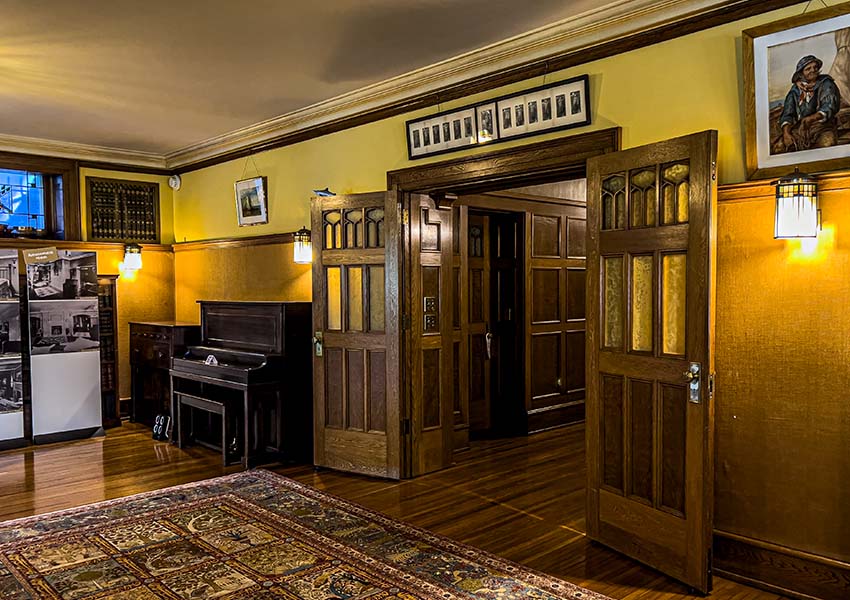




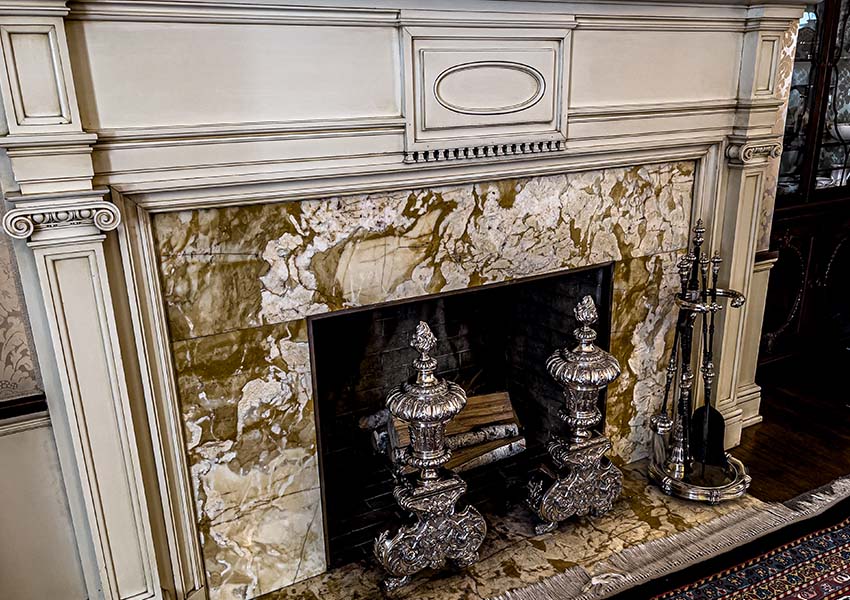

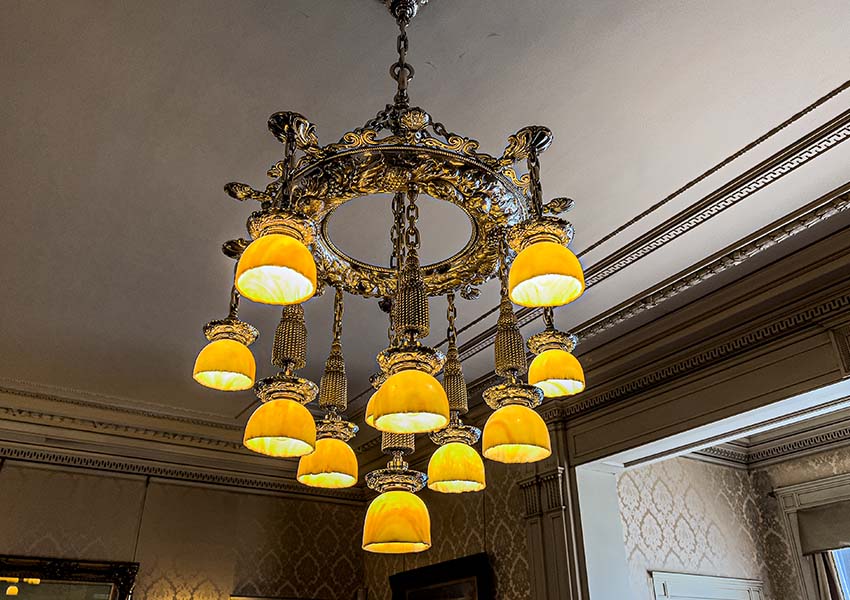
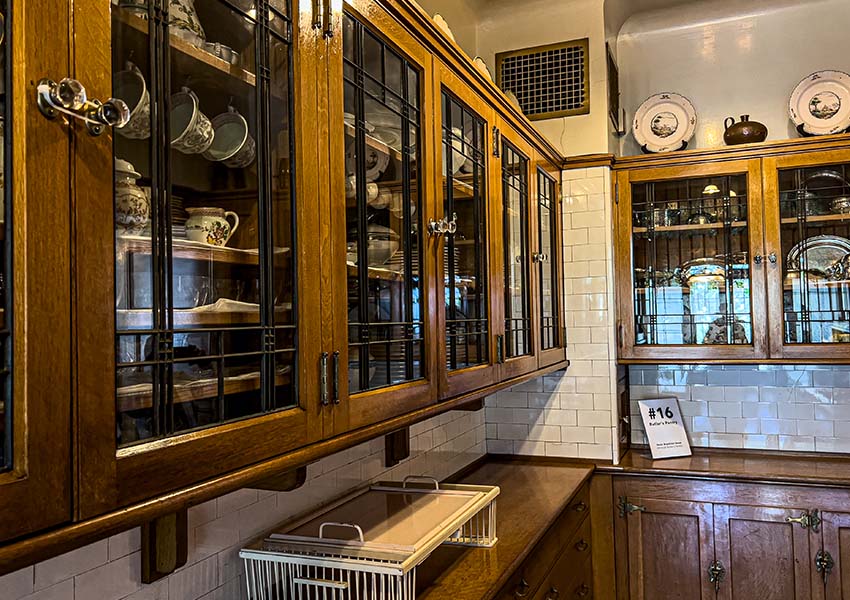



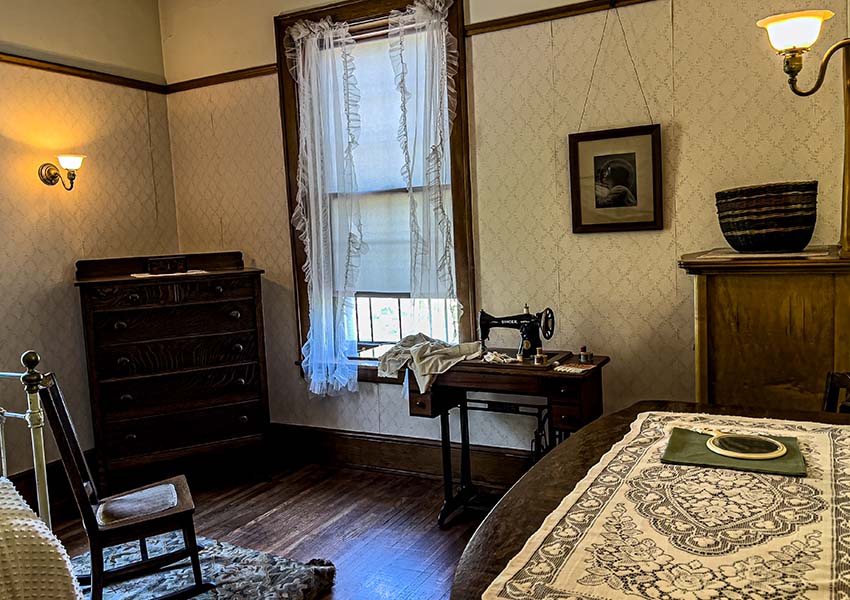
HISTORY OF MANIFESTATIONS
People who are murdered by someone whom they thought loved them, find it hard to rest in their afterlives. So, they stay in a place with wonderful memories to try to let go of their anger and hurt, and focus on something positive to find peace, if only temporarily.
Old Faithful Inn, WY (A bride was in love with her new husband when they went on a honeymoon at the Old Faithful Inn. Incidents happened that proved that he had married her for her money, to finance his gambling problem. When she tried to leave to take a train back to her family, he cut off her head and fled, joining the merchant marines. Her spirit is still mourning her death and betrayal, as she wanders around the inn holding her head. She finds some peace in the rooms of the inn, and the positive vibes from vacationers cheer her up).
East Wind Inn, ME (A woman was betrayed and murdered by her husband because he wanted to be with another woman. She is way too upset to leave, and has claimed the third floor. She has vented her feelings, but has mellowed over the years, as she begins to find some peace here).
The Scarlett O’Hara Pub, FL (Mr. Cole built a house for his fiancee who betrayed him and married a soldier. When Mr. Cole found a new woman to love, his old fiancee had him murdered. His house was attached to the house next door to become a pub. His spirit loves to watch people having fun. He shares his unhappy story while playfully getting his own chuckles).
Glensheen Mansion, MN ( The spirit of Elizabeth must have felt betrayed because she was murdered by her daughter, who sent another to do the deed. The spirit of her substitute night nurse must have regrets and anger about her bloody demise. Instead of dwelling on their violent ends, both spirits make the best of it. Elizabeth comforts both herself and her nurse by enjoying the beauty of Glensheen and doing activities that bring peace and happiness. Having the house museum open and thriving must cheer her up too as she sees all the visitors).
When people suffer from chronic health conditions, fatal illnesses, or physical disabilities while alive, sometimes they decide in their afterlife to enjoy a place that they loved, without any encumbering issues.
Hotel Del Coronado, CA (The spirit of the “Beautiful Stranger,” Charlotte Bernard, is free from her cancer, worries and stresses of her life. Though someone else shot her, either as an act of murder or at her request, she has let go and enjoys the beauty of the Hotel Del Coronado, and its beautiful view of the sea).
Hotel Biltmore, FL (Soldiers who succumbed to their WW2 battle wounds at the military hospital there, now enjoy being spectral guests, free from pain).
Moss Mansion, MT (Three members of the Moss family suffered and died from illness and ailments which immobilized them. The spirits of father Preston Moss and daughters Melville and Virginia enjoy their family home, free from infirmities).
Glensheen Mansion, MN (Eighty-eight year-old Elizabeth had diabetes, and because of a stroke, she couldn’t speak and was confined to a wheelchair. She was tended to by a round-the-clock nursing staff. Her spirit can now freely be as active as she was before all her health problems limited her activities. Her faithful nurse could be with her not as a caretaker, but as a friend, able to fully enjoy their friendship, as these two spirits are together most of the time in their afterlives).
Plans of the living can suddenly be cut short because of circumstances beyond their control, which can be horribly disappointing.
Moravian College, PA (A student was planing to return to college after his service in World War 1. When he was killed in action, his spirit returned to college anyway, becoming a perpetual spectral student in his afterlife, as he hasn’t given up on his dream to finish college).
Liberty Hall Mansion, KY (Mrs. Margaret Varick was thwarted by a heart attack before she could be of much comfort to the grieving Mrs. Brown. Uh Oh! Her spirit rallies forth to help the living, even if they were not expecting it).
Hunt/Phelan House, TN (A trusted 19th century servant is still trying to finish an important, assigned task because he died before he could do it).
Glensheen Mansion, MN (Elizabeth’s nurse had just retired, and was looking forward to spending time with her husband. Her brutal murder crushed the retirement plans. In her afterlife here, she focuses on the positive, being friends with Elizabeth, enjoying Glensheen, and watching all the interesting visitors as she tries to get past this huge disappointment).






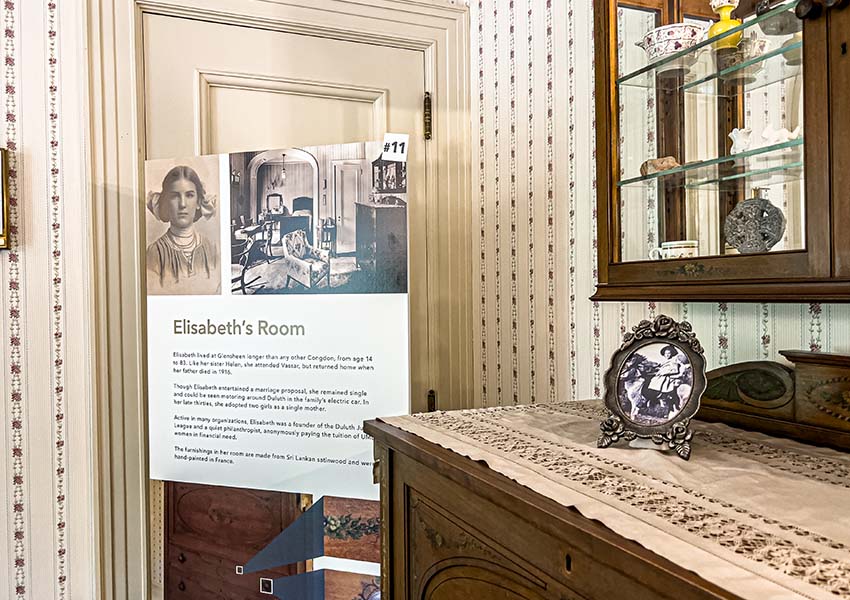

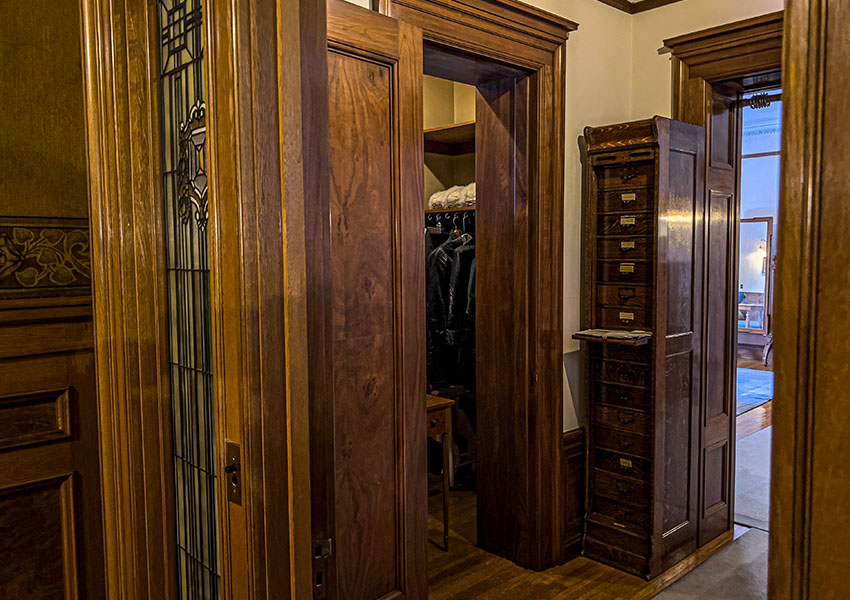




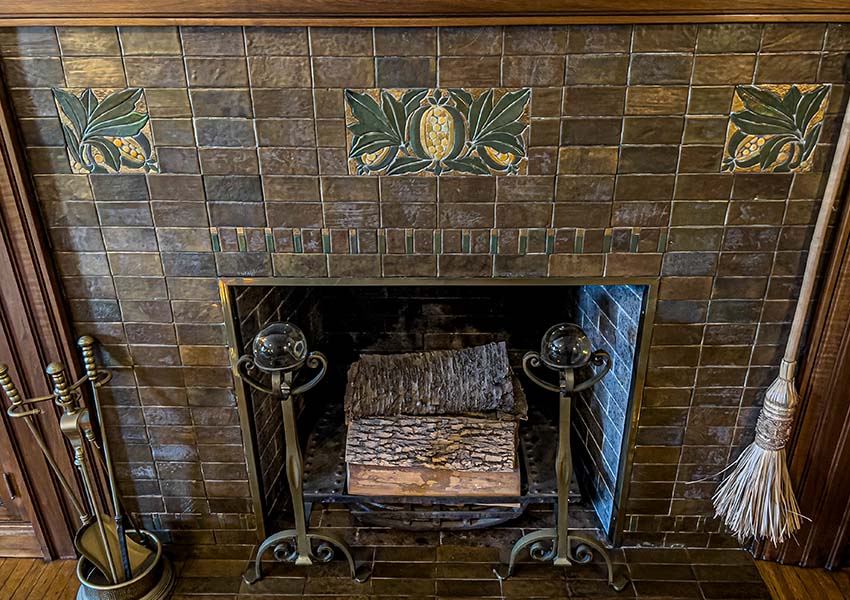








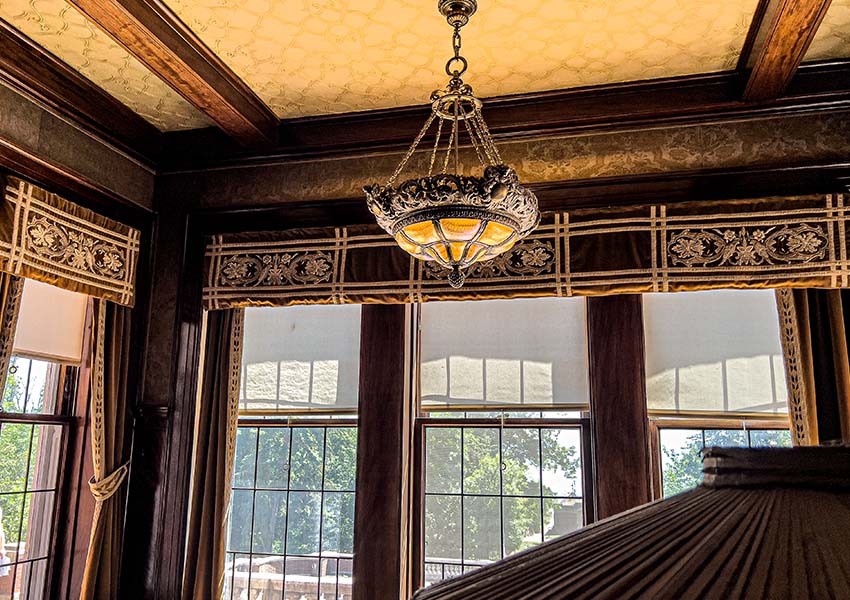
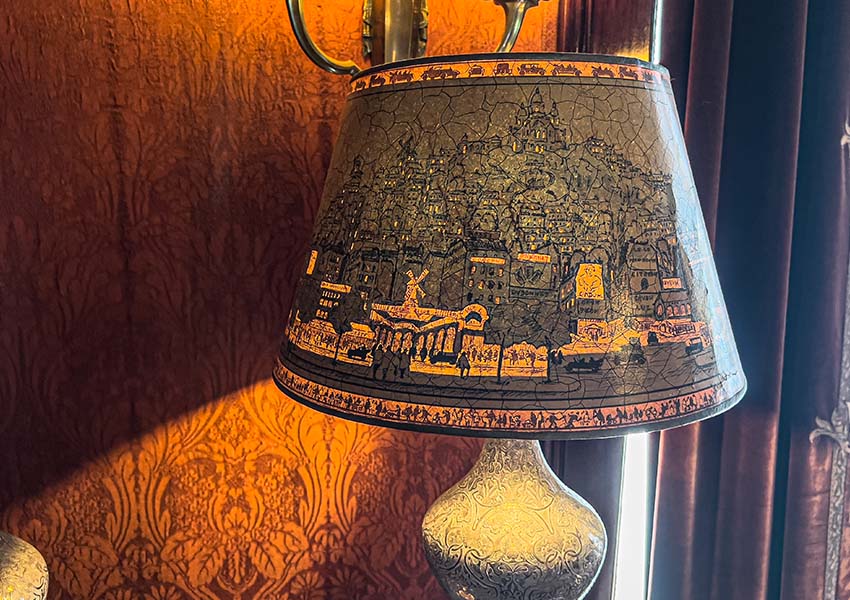


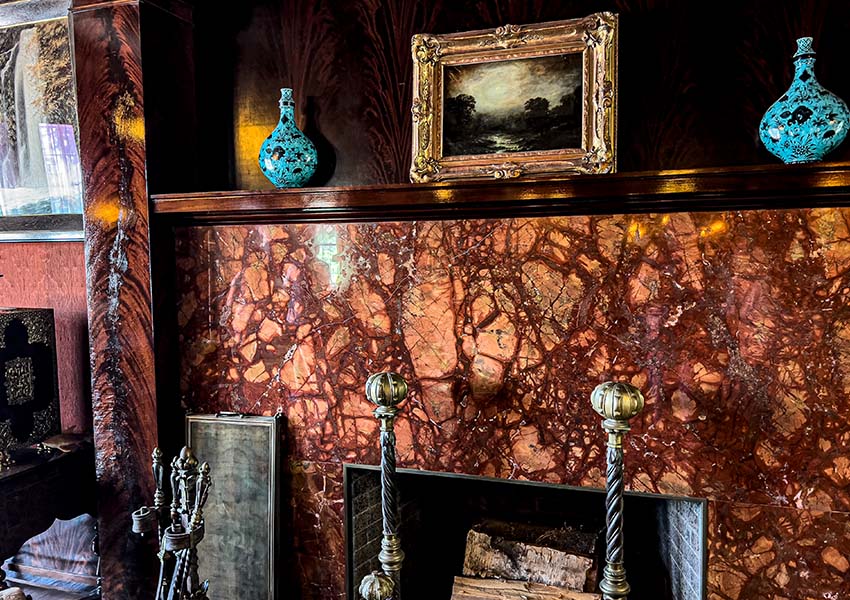
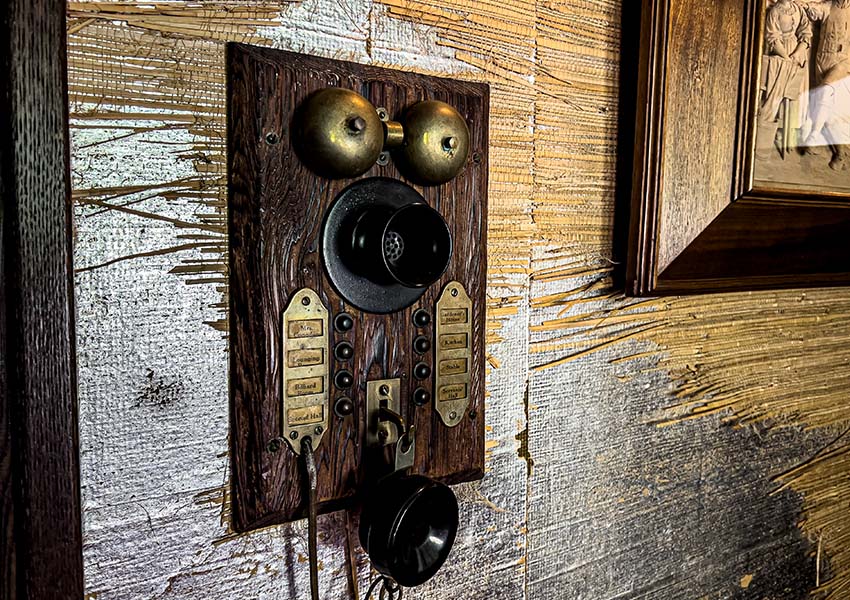

MANIFESTATIONS
The spirit of Elizabeth and her faithful companion, Velma are restless but take comfort in spending their afterlives together, enjoying the estate and the activities of the living.
General Activity
Lights go on and off by themselves, like someone is inside the room, despite the house being empty.
The Congdons’ personal items have been known to travel around the mansion, winding up in areas not chosen by the living.
Feelings of happiness, and fun, are felt in the rooms where the family spent time together.
Library
Sensitives can feel an unseen presence or two, probably reading in the comfortable chairs.
A white mist has been seen perusing the book shelves.
Living Room and Hallways
A happy aura is felt here, lifting the living up.
Unseen presences can sometimes be felt sitting in the living room.
Shadows have been noticed in the living room, and going up and down the hallways, going about their business.
Staircase Landing
A huge cold spot has been reported by the living while standing on the landing of the staircase where Velma Pietila was murdered.
Bedrooms
Elizabeth’s presence is felt in her bedroom.
Both spirits have been seen standing in the window of Elizabeth’s bedroom.
Velma’s presence is also felt in her quarters.
The boys’ bedrooms have a happy light aura.
Who is in the basement?
A shadowy black figure hangs out in the basement.
Perhaps, it is a maintenance man who loved his job while alive, who wants to continue!
Outside Gardens
Both spirits have been seen floating around the gardens and pathways.
Activities of the Living
Both spirits have been felt in the foyer, greeting their visitors.
Other times, they may listen to the lectures, discussions and concerts from afar.
They must enjoy the sport of people-watching, as many visitors walk through their favorite places.
PARANORMAL FINDINGS
For many years, staff and visitors have seen and felt these two spirits who are making the best of it. Sensitive people have felt their presences in various rooms and outside gardens and buildings.
No paranormal investigations have been allowed because people interested in the paranormal are not welcome, as this may upset Elizabeth and her nurse, who deserve to be left alone to enjoy the estate.
STILL HAUNTED?
Yes indeed!
Though no hard evidence has been shared, the number of sightings of these two spirits, and the sensing of their unseen presences, has made many believers among the living who think that these two spirits are spending their afterlife in their favorite place in this world.
LOCATION
3300 London Road
Duluth, Minnesota 55804
Glensheen sits on twelve acres of waterfront property on Lake Superior, six minutes away from Duluth University, which is responsible for this property.
Our Haunted Paranormal Stories are Written by Julie Carr
Our Photos are copyrighted by Tom Carr
Visit the memorable… Milwaukee Haunted Hotel
VIDEOS TO WATCH:
Glensheen & the Congdon Legacy – Full Documentary
HAUNTED GLENSHEEN MANSION – Elisabeth Congdon’s Sad End.
Glensheen Experience
Robert’s room unveiled at Glensheen Historic Congdon Estate
The Glensheen Mansion Murder Story (Original Video)
Promo – Glensheen and the Congdon Legacy
SOURCES INCLUDE
- WILL TO MURDER, Gail Feichtinger with John DeSantos & Gary Waller, Fourth Edition
- https://www.mprnews.org/story/2014/08/11/ok-to-touch-glensheen-home-museums-rethink-rules-to-lure-visitors
- https://glensheen.org/tour/flashlight/
- https://npgallery.nps.
- https://www.youtube.com/watch?v=s58msiMQdko
- https://www.fox9.com/news/45-years-since-glensheen-mansion-murders-in-duluth
- https://en.wikipedia.org/wiki/Glensheen_Historic_Estate







